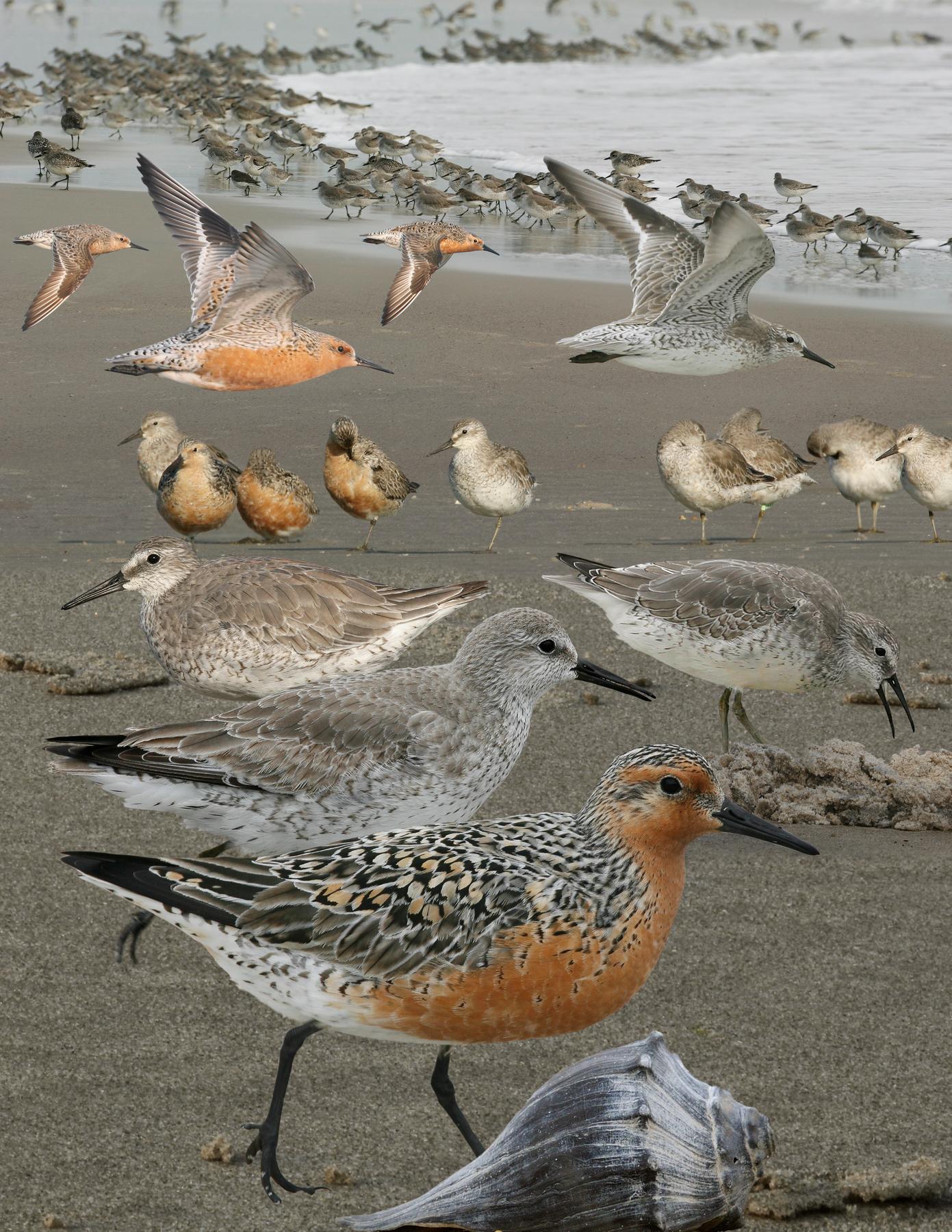|
Reginald Heber Howe, Jr.
Reginald Heber Howe, Jr. (April 10, 1875 – 28 January 1932) was an American naturalist and preparatory school science teacher. His research specialized in the lichens, birds, and dragonflies. He founded the Belmont Hill School and served as its first headmaster. Life and career Reginald Heber Howe, Jr., born on April 10, 1875, in Quincy, Massachusetts, was the second child of a prominent Episcopalian minister of the same name. Reginald Heber Howe senior (1846–1924) became the rector of the Church of Our Saviour in Brookline in 1877. The early life of Reginald Heber Howe, Jr., was predominantly spent in the Longwood area of Brookline, known for its grand mansions. Howe completed his education at the Noble and Greenough Preparatory School in Boston and later worked for three years at the Plymouth Cordage Company to fund his college education. He enrolled at Harvard University in 1897, graduating from the Lawrence Scientific School in 1901. During his academic years, Howe ... [...More Info...] [...Related Items...] OR: [Wikipedia] [Google] [Baidu] |
Quincy, Massachusetts
Quincy ( ) is a city in Norfolk County, Massachusetts, Norfolk County, Massachusetts, United States. It is the largest city in the county. Quincy is part of the Greater Boston area as one of Boston's immediate southern suburbs. Its population in 2020 was 101,636, making it the seventh-largest city in Massachusetts, the state. Known as the "City of Presidents", Quincy is the birthplace of two President of the United States, U.S. presidents—John Adams and his son John Quincy Adams—as well as John Hancock, the first signer of the United States Declaration of Independence, Declaration of Independence and the first and third governor of Massachusetts. First settled in 1625, Quincy was briefly part of Dorchester, Boston, Dorchester before becoming the North Precinct of Braintree, Massachusetts, Braintree in 1640. In 1792, Quincy was split off from Town of Braintree, the Town of Braintree and was Incorporated community#English-speaking, incorporated separately as the Town of Quincy; ... [...More Info...] [...Related Items...] OR: [Wikipedia] [Google] [Baidu] |
Plymouth Cordage Company
The Plymouth Cordage Company was a rope making company located in Plymouth, Massachusetts. History The company, founded in 1824, had a large factory located on the Plymouth waterfront. By the late 19th century, the Plymouth Cordage Company had become the largest manufacturer of rope and twine in the world. The company specialized in ship rigging, and was chosen among other competitors in the early 1900s to manufacture the rope used on the . The company's twine, Plymouth binder twine, popular among farmers, was the inspiration for the naming of the ''Plymouth'' brand of automobiles first produced in 1928. In the 1910s, its mill was the world's largest of its kind. The Plymouth Cordage Company served as the largest employer in Plymouth for over 100 years. It went out of business in 1964 after over 140 years of continuous operation. By the early-1960s, it had bought all the materials needed for production, had no debt and a lot of cash and was bought out by the Columbian Rope C ... [...More Info...] [...Related Items...] OR: [Wikipedia] [Google] [Baidu] |
Field Guide
A field guide is a book designed to help the reader identify wildlife (flora or fauna or funga) or other objects of natural occurrence (e.g. rocks and minerals). It is generally designed to be brought into the " field" or local area where such objects exist to help distinguish between similar objects. Field guides are often designed to help users distinguish animals and plants that may be similar in appearance but are not necessarily closely related. It will typically include a description of the objects covered, together with paintings or photographs and an index. More serious and scientific field identification books, including those intended for students, will probably include identification keys to assist with identification, but the publicly accessible field guide is more often a browsable picture guide organized by family, colour, shape, location or other descriptors. History Popular interests in identifying things in nature probably were strongest in bird and plant gu ... [...More Info...] [...Related Items...] OR: [Wikipedia] [Google] [Baidu] |
Thoreau Museum Of Natural History
Henry David Thoreau (born David Henry Thoreau; July 12, 1817May 6, 1862) was an American naturalist, essayist, poet, and philosopher. A leading transcendentalist, he is best known for his book ''Walden'', a reflection upon simple living in natural surroundings, and his essay "Civil Disobedience" (originally published as "Resistance to Civil Government"), an argument in favor of citizen disobedience against an unjust state. Thoreau's books, articles, essays, journals, and poetry amount to more than 20 volumes. Among his lasting contributions are his writings on natural history and philosophy, in which he anticipated the methods and findings of ecology and environmental history, two sources of modern-day environmentalism. His literary style interweaves close observation of nature, personal experience, pointed rhetoric, symbolic meanings, and historical lore, while displaying a poetic sensibility, philosophical austerity, and attention to practical detail.Thoreau, Henry David. ''A ... [...More Info...] [...Related Items...] OR: [Wikipedia] [Google] [Baidu] |


